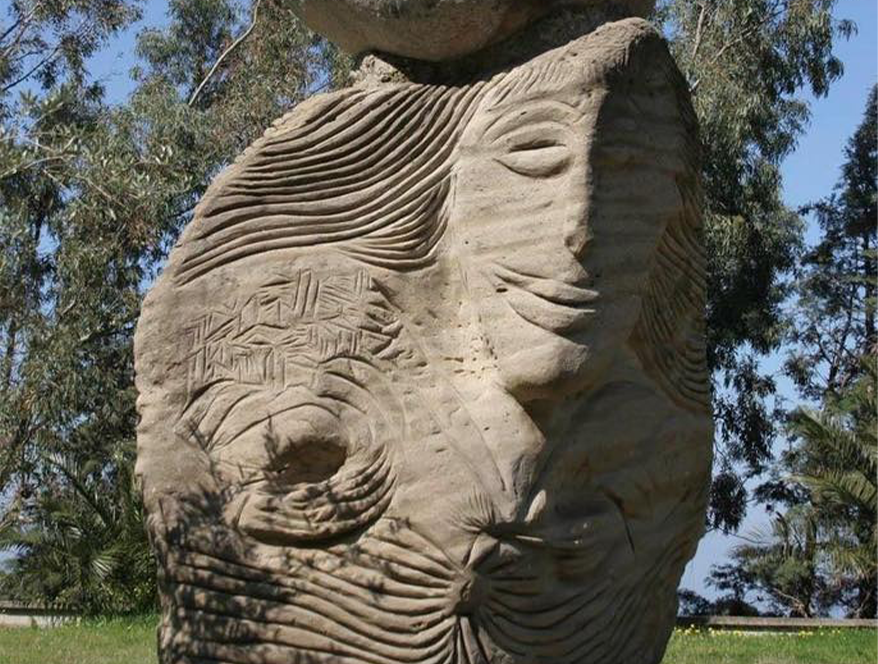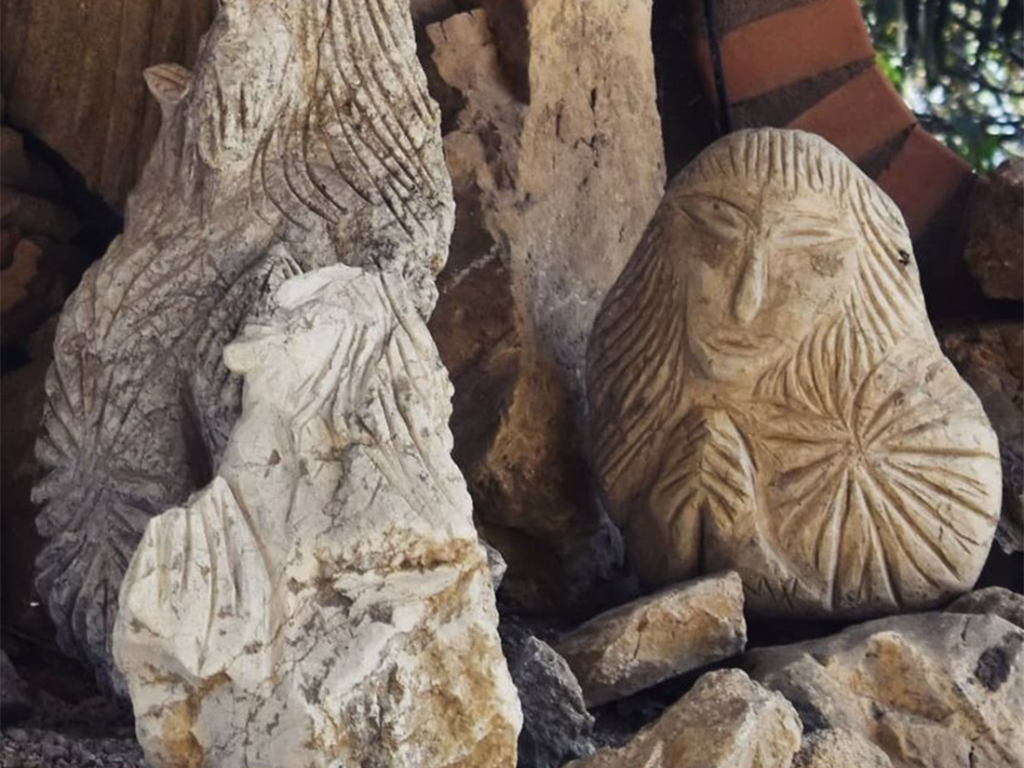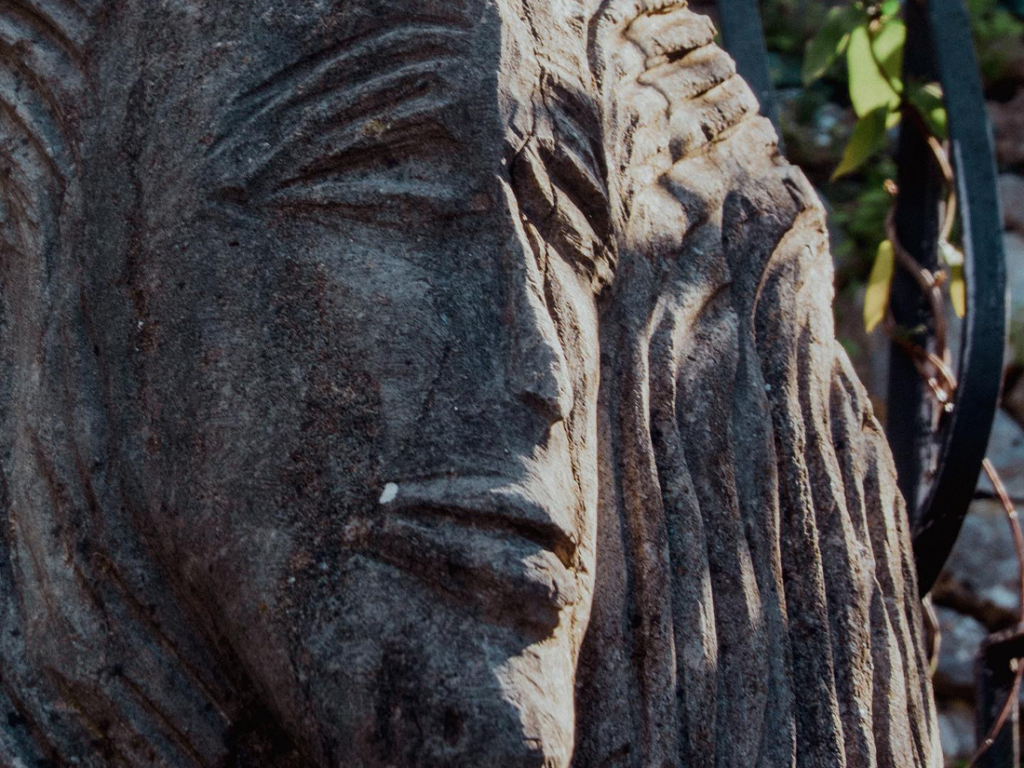
Every time Mariano Pietrini decided to sculpt a stone, he stood in front of it with profound respect for its shape, shaped over the centuries by the action of the wind, smoothed by the water or transformed by rolling down a slope. Thus began what he himself defined as a “dialogue”, a comparison undertaken through a fantastic language, made up of an exchange of energy between Man and Matter. This dialogue manifested itself through sweat and effort, thought and vibrations, with an extraordinary sensitivity in the hands that perceived the roughness of the stone and followed its veins.


An eloquent example of this dialogue is represented by the sculpture of Pinocchio, positioned before the ethnographic workshop that opens the museum itinerary of Jalari Park. The stone has pointed ears on the sides of the face, reminiscent of the donkey, but the long nose appears to fall downwards rather than being straight as commonly depicted. This peculiarity is possible thanks to the shape of the tuff, which influenced the surface of the stone determining the final result.
Mariano’s first creations were abstract representations, collages of leaves, and natural materials on black cardboard. The prevailing tones were spots of color, mainly red. Subsequently, the transition from the abstract to the figurative manifested itself with representations of seascapes, trees in the wind, and interiors with domestic hearths, all composed of natural materials.


In addition to the dialogue, Pietrini claimed that it was the stones themselves that called him, inviting him to sculpt, as described in his book “La Luce”, in the paragraph “L’Attesa”.
During his artistic cycle, Mariano Pietrini tried his hand at all possible sculptural forms. He began with a bas-relief, creating masks such as “Aeolus” in the “Olympus of the Gods” fountain in the Jalari Museum Park. The high relief is evident in sculptures such as “L’Onestà”, “Aiace”, “Gli Ignavi”, etc.
The all-round is present, for example, in the “Muses” of the Garden of the Muses, in “L’Avarice”, in the stones representing the sins in the Aromi e Sapori square, in the sculpture “La Luce” (donated to Telethon 2001 and placed in Fidenza), and in many other works.


Among the composite sculptures are “The Scream”, “The Energetic Universe of Beauty” and “The Big Book of Stone” (the latter covering almost 1500 square metres).
Despite the multiplicity of sculptural forms and meanings represented, Mariano Pietrini gave them all common characteristics, becoming distinctive symbols of his style. Numerous stones have features converging towards a central fulcrum, representing rays of light to which Pietrini attributed the meaning of vital energy, the vital force that man could draw from the stone itself.


Often, these features took the form of moving waves, symbolizing the birth of vital energy with a clear reference to the waves of the sea. This element was evident, for example, in the sculptures “The Desire of Pleasure” and “The Hope”.
The evolution of the line in Pietrini’s works was notable: from his youthful works rich in details and pragmatism, he reached works that were increasingly abstract and deeply linked to the spiritual sphere.


Mariano Pietrini, convinced that “there is no error in the presence of love”, embraced this modus operandi which allowed him to sculpt gigantic walls visible today in Jalari, a work that reflects his extraordinary connection with matter and spiritual research, demonstrating that we can all achieve what we want through love and dedication.
